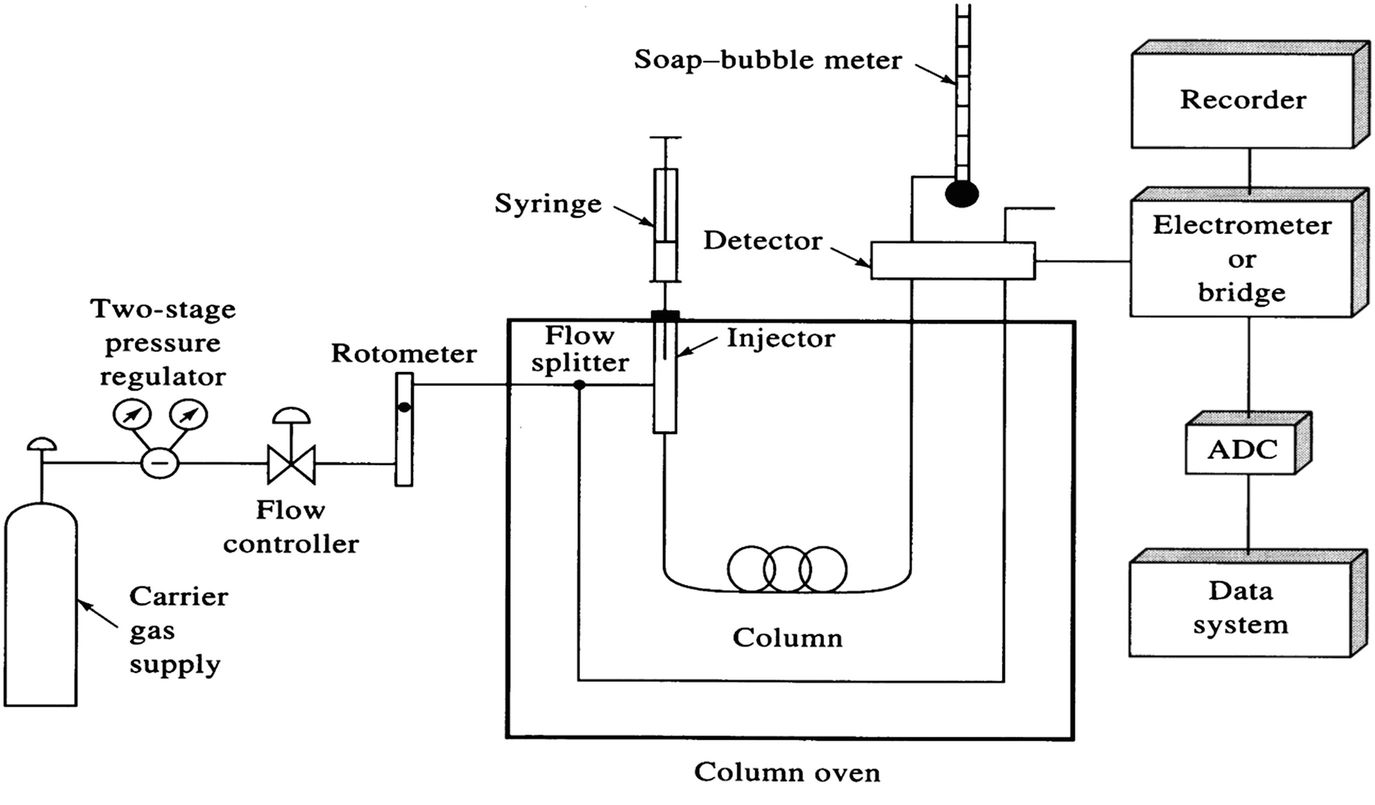

The main limitation of this technique is connected to the complexity of the odor under investigation. Instrumental approaches to the characterization of odorants using Gas Chromatography coupled with Mass Spectrometry (GC/MS) have been widely used to produce lists of the substances present and their concentrations. The main purpose of odor research is to identify the odor active compounds and to relate them to human perception. In this case, odors may derive from industrial activities (landfills, wastewater treatment plants, refineries, tanneries, and so on) or be emitted from materials that people frequently use. Others examine the impact of odorous compounds on the quality of human life and the environment. For example, the results of an aroma food analysis can help assess the quality of foods and make them more pleasing and desirable. Some applications focus on improving the quality of scented products such as perfumes and food products through the use of natural or synthetic odorous compounds.

In the recent years, various research activities have been developed in different scientific disciplines to investigate odors and odor perception with the aim of producing direct applications in industry. These chemicals can interact synergistically or additively in the mixtures according to unpredictable rules, and are at the basis of the overall sensation of smell. It should be noted that odors are complex mixtures of many volatile chemicals which are present in different concentrations. Molecular geometry, in particular, the composition and structure of the functional groups within a molecule, can deeply affect the quality and features of an odor.

The paper also provides an examination of the different fields of application of the GC-O, principally related to fragrances and food aromas, odor nuisance produced by anthropic activities and odorous compounds emitted by materials and medical applications. The potentials of GC-O are described highlighting the improvements in this methodology relative to other conventional approaches used for odor detection, such as sensoristic, sensorial and the traditional gas chromatographic methods.

The aim of this paper is to describe the state of the art of gas chromatography-olfactometry methodology, considering the different approaches regarding the operational conditions and the different methods for evaluating the olfactometric detection of odor compounds. The GC-O technique is already widely used for the evaluation of food aromas and its application in environmental fields is increasing, thus moving the odor emission assessment from the solely olfactometric evaluations to the characterization of the volatile components responsible for odor nuisance. The gas chromatography-olfactometry (GC-O) technique couples traditional gas chromatographic analysis with sensory detection in order to study complex mixtures of odorous substances and to identify odor active compounds.


 0 kommentar(er)
0 kommentar(er)
